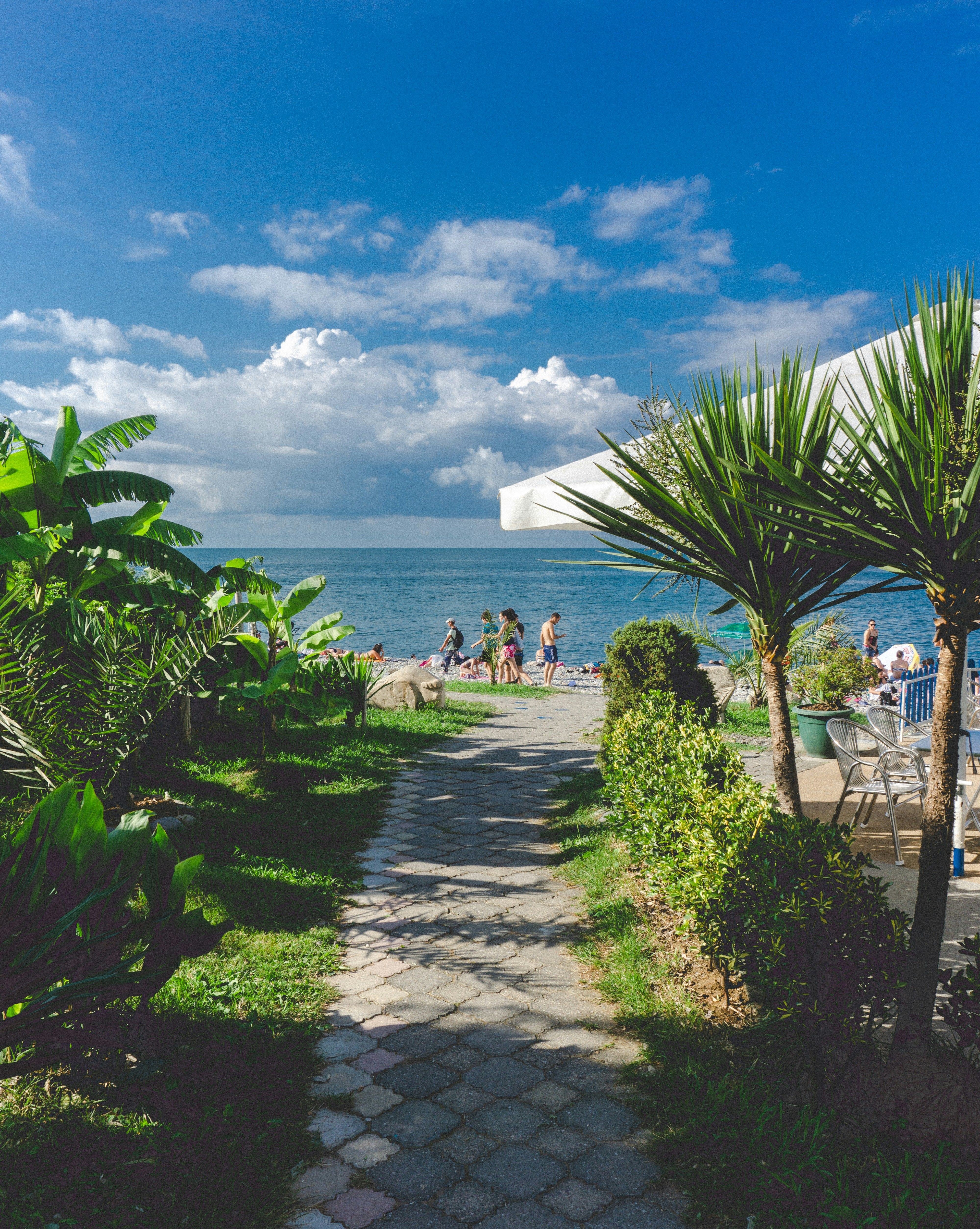Residential Property Variants Bringing High Financial Returns
In the first four months of 2025, alternative deals in the Russian secondary housing market skyrocketed, reaching unprecedented levels. In Moscow and nationwide, this figure surged year-on-year to 70% and 85%, respectively, marking a significant resurgence of a trend initially popular in the mid-2000s due to mortgage inaccessibility.
A study conducted by the investment company "Flip" found that the share of alternative deals in the secondary housing market in Moscow and the Moscow region increased by 30 percentage points (p.p.) year-on-year during January-April, reaching an all-time high of 70%. Across Russia, the trend mirrored, with estimates indicating a nationwide increase in the share of deals using the alternative scheme to 80-85%.
The CEO of the investment company "Flip," Yevgeny Shavnev, noted that for many citizens, alternative deals had become the only viable means of improving housing conditions. Sergei Zaitsev, sales director of the "Etagi" agency network, echoed the sentiment, estimating the indicator at 80-85%. The "Plus" group's general director, Alexander Popov, concurred with the findings.
Last year, alternative operations on the secondary market contributed 70% to transactions, according to Zaitsev. During the period of accessible market mortgages and low initial contributions on the primary market, the share of these deals decreased to 50-60%. With the decrease in mortgage accessibility and rise in housing prices, the relevance of alternative deals has resurfaced.
According to data from the "Our.Home.RF" unified information system, the average mortgage rate for ready-made housing increased significantly during May, reaching 26.74%, compared to 16.95% in the same month last year. Moreover, average prices for ready-made housing nationwide rose by 5.3% year-on-year during January-March, reaching 126,500 rubles per square meter. Among the cities surveyed, the highest increases were observed in Saint Petersburg (14.7%) and the Leningrad region (12.3%), while Krasnodar and Moscow experienced more moderate price growth.
The rise in alternative deals in the secondary housing market may be attributed to several factors, including high interest rates and diminishing mortgage accessibility, as well as the challenges faced by the primary housing market, such as oversupply in some regions and a lack of new project launches in others.
As a result, alternative transactions in the secondary market have become more common, with chains of deals involving four to five sellers and buyers becoming more prevalent. According to Yevgeny Shavnev, 77% of potential sellers and buyers are willing to make a deal with an additional payment, with 50% of them prepared to pay an additional 1-3 million rubles. Furthermore, 23% expect to break even or make a profit from the exchange of real estate, according to Shavnev.
Despite the decline in the number of transactions nationwide, the number of secondary housing market transactions in Moscow from January to April increased by 5% year-on-year, reaching 45,300. Meanwhile, the rental market faces pressure due to rising expenses and static income, which may contribute to increased rental rates.
In conclusion, the increase in alternative deals in the secondary housing market in Russia and Moscow may be seen as a response to economic conditions and the challenges faced by the primary market. These trends are expected to persist as the market continues its quest for stability while buyers seek affordable options.
Investing in alternative deals in the Russian secondary housing market has observed an exponential growth in 2025, with the share of such deals reaching 70% and 85% in Moscow and nationwide, respectively. This surge in alternative deals can be attributed to factors such as high interest rates, diminishing mortgage accessibility, and challenges in the primary housing market.




